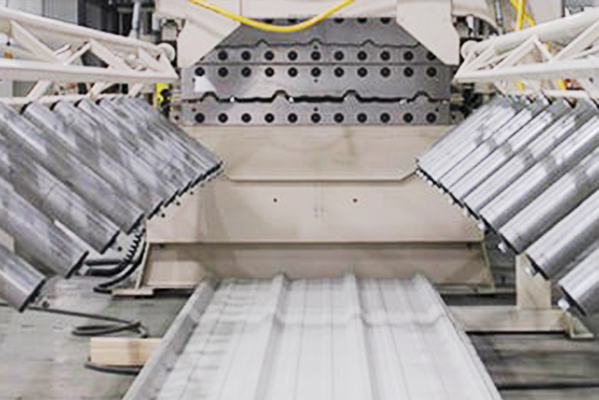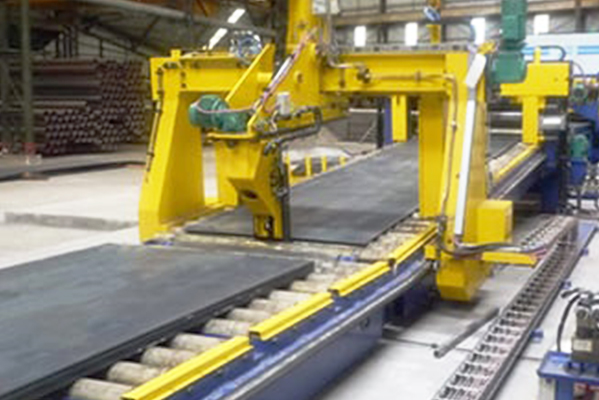Navigation Menu
Contact Us
- Email:
- info@wxavatar.com
- Address:
- Yurong Village, Yuqi Street, Huishan District, Wuxi, China.
Release Date:Oct 24, 2024 Visit:327 Source:Roll Forming Machine Factory
The realm of cold forming machines has witnessed a remarkable expansion in its applications across various industries. Traditionally, these machines were primarily used in the metalworking sector for shaping and forming metal components at room temperature. However, with ongoing technological advancements and innovative engineering, cold forming machines have become indispensable tools in a diverse range of industries, enhancing productivity, precision, and cost-efficiency.

In the automotive industry, cold forming machines play a pivotal role in the manufacturing of critical components such as gears, shafts, and connecting rods. The precision and repeatability offered by these machines ensure that each component meets strict tolerance requirements, enhancing the overall performance and reliability of automotive systems. Furthermore, cold forming eliminates the need for additional heat treatment processes, reducing both production time and material waste.
The aerospace industry has also embraced the capabilities of cold forming machines. In this sector, components must meet rigorous standards for strength, durability, and lightweight design. Cold forming machines are capable of producing intricate shapes and complex geometries with high precision, making them ideal for manufacturing aircraft parts such as landing gear components, structural frames, and engine casings. The ability to form these components at room temperature without compromising their material properties is a significant advantage.
The medical industry has also seen a surge in the use of cold forming machines. From surgical instruments to orthopedic implants, these machines enable manufacturers to produce high-quality, precision-engineered medical devices. The precision and repeatability of cold forming ensure that each device meets the stringent requirements for safety, functionality, and biocompatibility.
In the electronics industry, cold forming machines are used to produce small, intricate components such as connectors, terminals, and lead frames. The ability to form these components with high precision and without introducing stress or deformation is crucial for maintaining the reliability and performance of electronic devices.
Beyond these industries, cold forming machines have also found applications in the construction, energy, and defense sectors. In construction, they are used to manufacture reinforcing steel bars and structural components. In the energy sector, cold forming machines contribute to the production of high-pressure vessels, turbines, and other critical equipment. In the defense industry, they are instrumental in the manufacturing of precision munitions and armor components.
The versatility and adaptability of cold forming machines have been key drivers of their expanding applications across industries. These machines can be tailored to meet specific manufacturing requirements, from material selection to final product finish. As industries continue to evolve and demand more sophisticated, high-performance components, cold forming machines will play an increasingly critical role in meeting these challenges.

In conclusion, the applications of cold forming machines have expanded significantly across a wide range of industries. From automotive and aerospace to medical and electronics, these machines have become indispensable tools for manufacturing high-quality, precision-engineered components. As technological advancements continue to drive innovation, the applications of cold forming machines are poised to expand even further, unlocking new possibilities and driving productivity and efficiency in diverse manufacturing environments.